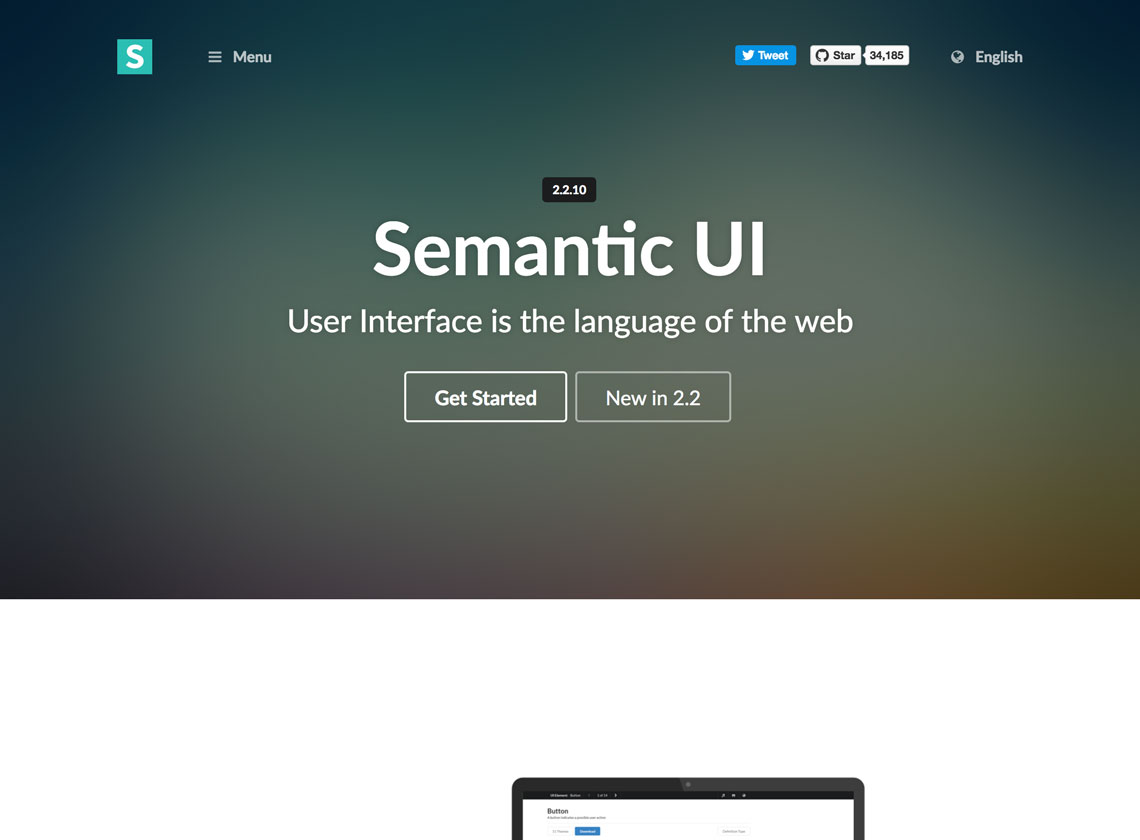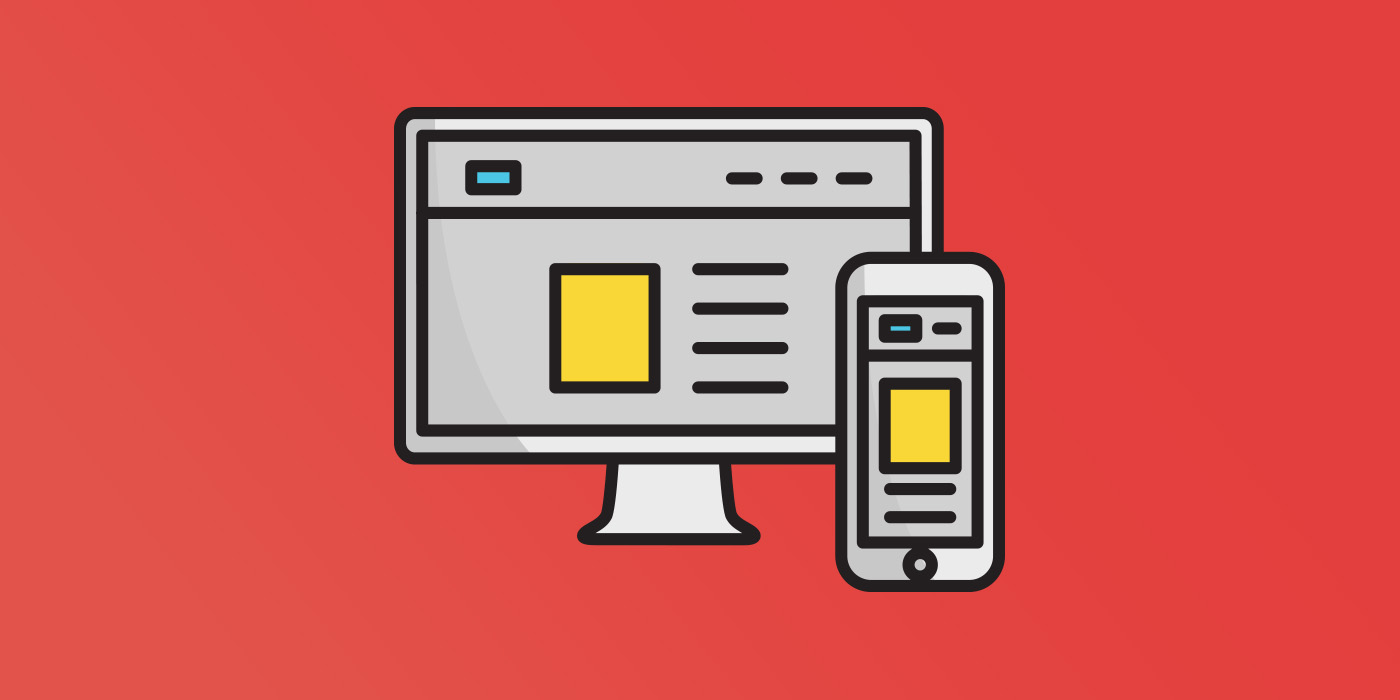What makes a good Responsive Web Design Framework?
Most sites these days are based on top of pre-existing Responsive Web Design Frameworks.
As a web designer or a developer who is about to build a new site, its important to know which framework is going to be the best for your needs. Some frameworks are supported by huge companies, while others a more minimal and aimed for developers looking for snippets of code to integrate into an existing project.
This blog post covers some of the more popular responsive frameworks and few lesser known frameworks that we have enjoyed working with as well.

Foundation – The Foundation framework by Zurb is a heavily customized front-end framework with lots of built in tools for developing responsive web design and mobile themes / email templates. Foundation is notably used by Mozilla, Facebook and several other large scale organizations. The complexity of Foundation can be useful for large scale web applications or websites with a heavy amount of UX needs.Under the hood, Foundation utilizes GPU acceleration for faster than usually animations and user feedback. When loading on a mobile device the Fastclick.js library enables a smooth experience. Coding with Foundation is typically done on the Sass preprocessor which has one notable difference – a data interchange attribute, which allows developers to specify code to load either on desktop or on mobile.
For skilled developers Foundation could be a great choice. Although it is complex, it could be re-purposed for multiple projects and become and important, pardon the pun.. foundation for your work. However this same complexity makes Foundation a poor choice for newer developers and folks who want just a few minimal features.

Bootstrap – Most developers will already be familiar with Bootstrap, which was originally authored by twitter’s developer team back in 2011. Over the years the framework has been adapted for various uses and is currently on version 4.0.The reason for Bootstrap’s popularity is that it encompasses all the basic necessities for building websites and apps. The responsive web design grid system in bootstrap works well and has several customizable options.
Bootstrap may be a good foundation for you if lack the skills to create custom UI elements or want to get something online quickly with minimal customizations. However, the drawback to using Bootstrap is that there are too many built-in options. The amount of CSS and JavaScript that comes pre-packaged is quite heavy on page load, although there are options to download custom builds with less un-necessary code. Another reason to consider alternative frameworks is that bootstrap is in fact the *most* popular framework, so if one of you criteria is to stand out you would not want to use pre-packaged styles as provided in Bootstrap.

Materialize – This framework is based upon Google’s hugely popular Material Design – which is a design collection for common UI needs across the web and mobile. Relying on flat design and heavily simplified user interactions, Materialize has beautiful built-in design solutions for complex problems.One unique aspect about Materialize is that users have 4 main categories where they can insert code: JavaScript, CSS, Mobile and Components. Each area has numerous examples and demonstrations on how to customize material design based on your unique needs.
This responsive web design framework is fairly new, but is surging in popularity. Anyone familiar with Google Material design will enjoy this framework. For mobile based applications this framework might be one of the best choices.

Semantic UI – Semantic UI is quickly gaining a large following in the design community because of its simplistic and straightforward code. The interface is minimal and well thought-out with many handy modules and a complete theming guide. Another benefit of having a minimal and lightweight starting point is that its easy to add and remove 3rd party javascript libraries.If you have framework fatigue, or are new to development and want to start with something that will be easy to get started with, Semantic UI could be a great choice.

Responsive Grid System – This is one of our favorite tools for building unique layouts. Responsive Grid System is not an entire framework like some of the others on this list, but what it does provide is a way to build your own custom grid systems with any number of columns or grid spacing. Designers will love the ability to match any grid system they can dream up.If you are building something truly unique, you may want to look into generating a custom grid with Responsive Grid System. The code is extremely lightweight and limited, but it can be perfect as an add-on to an existing project or creating something unique from scratch.

Cascade – The Cascade framework is a very bare-bones CSS framework without a lot of extra add-ons or frills. The framework is flexible with semantic and non-semantic coding practices that could appeal to a wide range of developers. Quite a few beginning templates are available on the Cascade website although most of them are focused on marketing type websites and blog layouts.One of the things that makes Cascade worthy of being on this list is the modular way of allowing developers to incorporate specific features. Depending on your project needs, you can add or remove the modules which are helpful. In this way, it does a better job than Bootstrap of flexibility in builds.
Cascade is a framework you may want to try if you like bootstrap but want to explore something more simplistic which is still is customizable.

Schema – Want to get basic? Want to start with almost nothing and geek out on building a high optimized project square by square? This may be the framework for you. The framework is so lightweight because the creators want to give more control over styling to the developers. This could be a drawback for more novice developers as they will find themselves having to create more code versus editing existing code.A veteran developer who is looking for a minimal starting point might really appreciate this responsive web design framework. The documentation is very straightforward and should be easy enough to get setup for novices as well.
Are you looking to create a custom Responsive Web Design?
DesignUps has a team of web developer experts who can assist you with your project! Contact us for more information.




